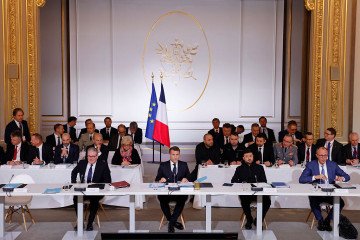- Category
- Latest news
Russia’s Most Advanced Tank, the T-90M, Is Now Mass-Produced—But Not Meant for This War
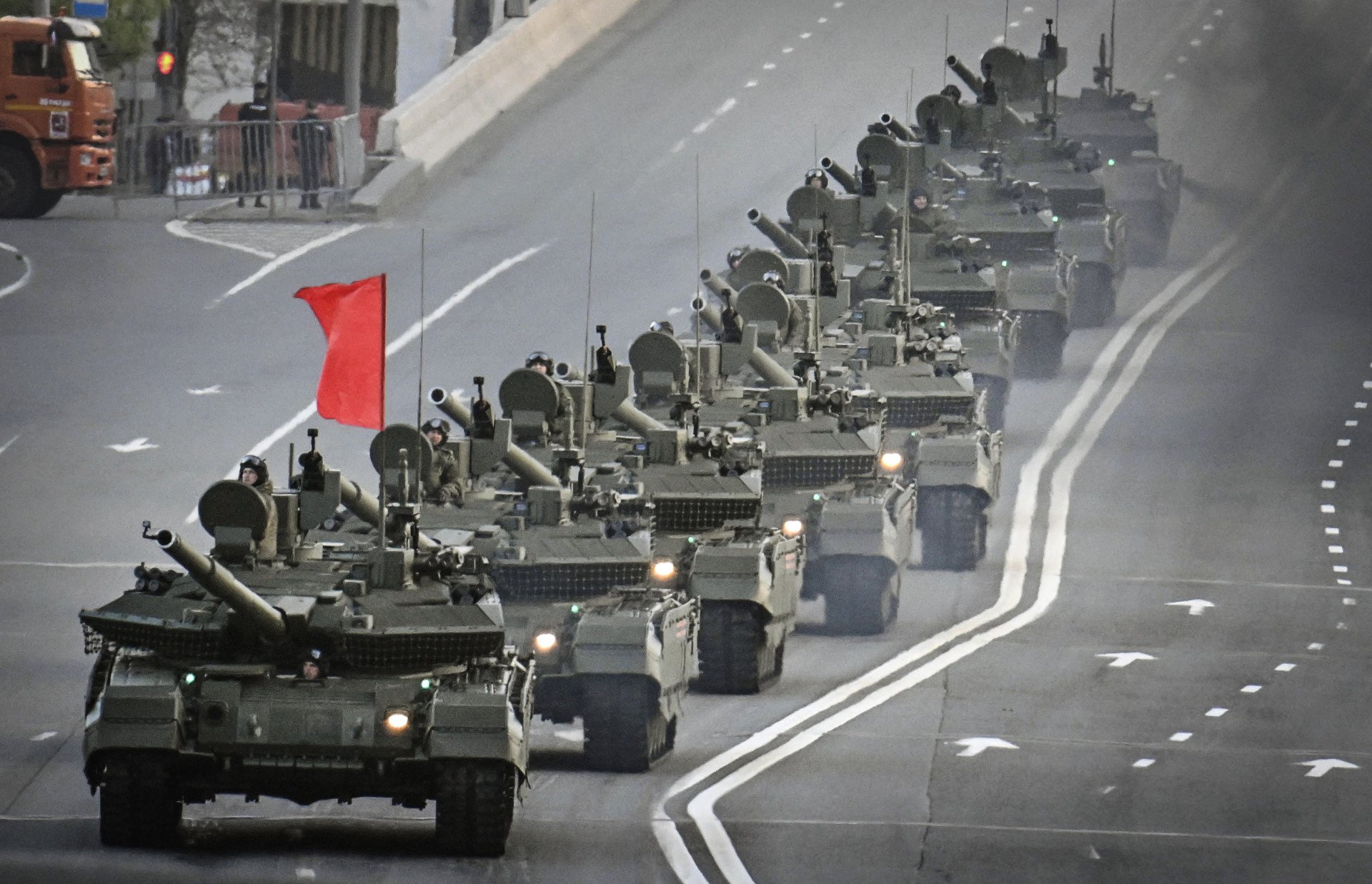
While Russia continues to lose thousands of tanks in Ukraine, it is simultaneously ramping up production of its most advanced model—the T-90M. Yet despite record output, these tanks are rarely seen on the battlefield, raising questions about Moscow’s long-term strategy.
Russia has significantly expanded production of its most advanced main battle tank, the T-90M, as the full-scale war in Ukraine continues into its fourth year.
According to open-source intelligence group Conflict Intelligence Team (CIT), the country’s output of T-90Ms may have reached 280–300 units in 2024 alone, marking a major increase from previous years.
The findings were also referenced by the Institute for the Study of War (ISW), which noted a dual trend: while tank production has surged, the frequency of their deployment on the battlefield appears to be declining.
T-90M production trends
According to CIT, Russia has produced approximately 60–70 T-90M tanks in 2022, followed by 140–180 units in 2023. In 2024, the figure likely exceeded 250 and may approach 300, including both newly built and modernized tanks.
The main production facility, Uralvagonzavod in Nizhny Tagil, has reportedly shifted to a 24-hour manufacturing cycle and issued tenders for new welding and machining stations.
CIT states that all current T-90M tanks are newly built, suggesting a depletion of earlier T-90A stocks previously used for upgrades. Since the beginning of the full-scale invasion in 2022, Russia has likely produced 540–630 T-90M tanks.
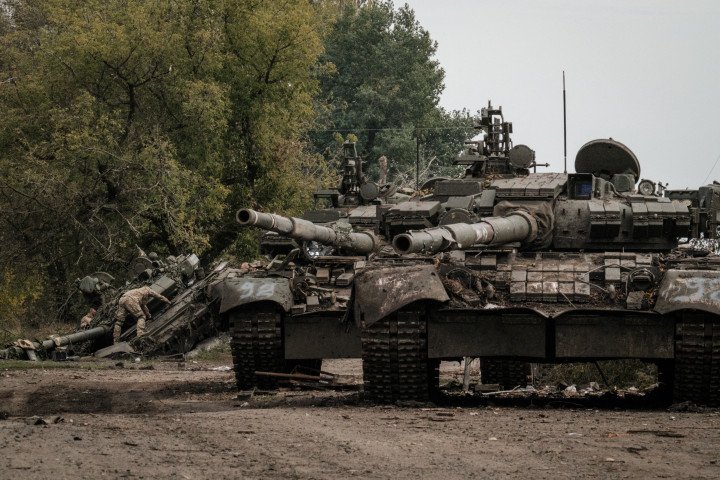
With more than 130 visually confirmed as destroyed, damaged, or captured, the number of operational T-90Ms is estimated at 410–500—approximately 15% of Russia’s total tank inventory.
The group also challenged earlier Western estimates of production rates. While previous reports suggested Russia was producing no more than 30 T-90Ms annually, CIT argues this figure is outdated and underestimates the scale of Uralvagonzavod’s expanded output.
Strategic use and preservation
Despite the increase in production, Russia has reportedly become more cautious in deploying tanks in combat operations. Both CIT and ISW observe a reduction in frontline use of armored vehicles since late 2024.
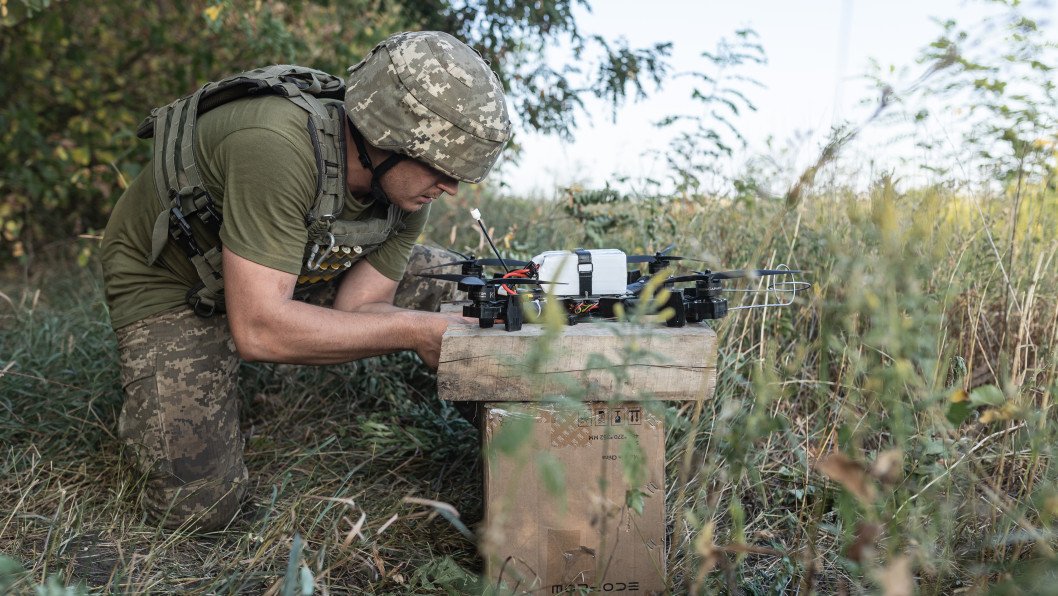
To conserve resources and reduce equipment losses, Russian forces have increasingly relied on civilian vehicles—including motorcycles and ATVs—for infantry assaults.
CIT estimates that over 3,000 Russian tanks have been lost since 2022, with around 1,100 lost in 2024 alone. Although losses remain high, the reduced deployment of tanks may allow Russia to maintain a stable armored force over the next several years, assuming current production rates are sustained.
Industrial expansion and sanctions
To support further growth, Uralvagonzavod is undergoing technical upgrades, with completion expected between 2024 and 2025. However, CIT notes that scaling production beyond current levels would require substantial investment and access to modern equipment.
The organization stresses the importance of stricter export controls and enforcement of secondary sanctions to limit Russia’s ability to expand its military-industrial capacity. Without such measures, Russia could produce up to 3,000 tanks over the next decade if hostilities were to cease.
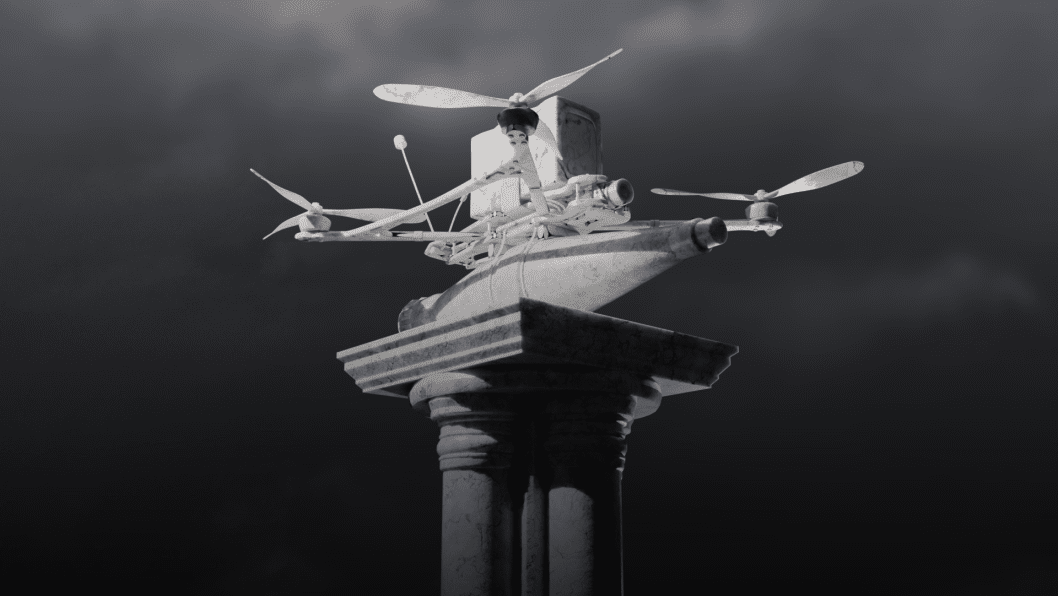
“Limiting Russia’s military production must become a cornerstone of NATO’s deterrence strategy in Europe,” CIT concluded.
What Is the T-90M?
The T-90M “Proryv” is Russia’s most modernized main battle tank in active service. An upgrade of the T-90 platform originally introduced in the 1990s, the T-90M features an improved 125mm smoothbore gun, modern fire control systems, and enhanced armor protection, including Relikt explosive reactive armor.
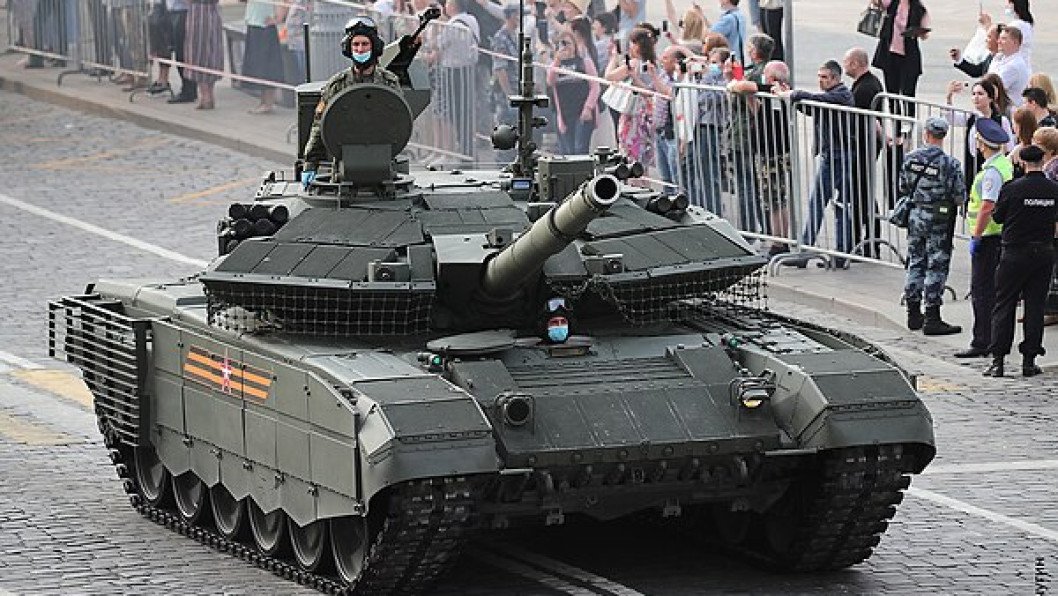
It is equipped with a remote-controlled machine gun station, thermal imaging optics, and a digital communication suite, enabling better situational awareness and coordination on the battlefield.
The tank is designed to counter both Western and modern anti-tank threats while offering improved survivability for its crew.
Earlier, a joint report by the Kiel Institute and Bruegel warned that Europe may fall short of its 2030 defense goals despite rising military spending, citing Russia’s faster rearmament and calling for a fivefold increase in European weapons production.


-ce9a134791207c81306f56ab3d75ffb6.jpg)
-72b63a4e0c8c475ad81fe3eed3f63729.jpeg)
-45ed3be17a7bb74903649ed9258196f8.jpg)
